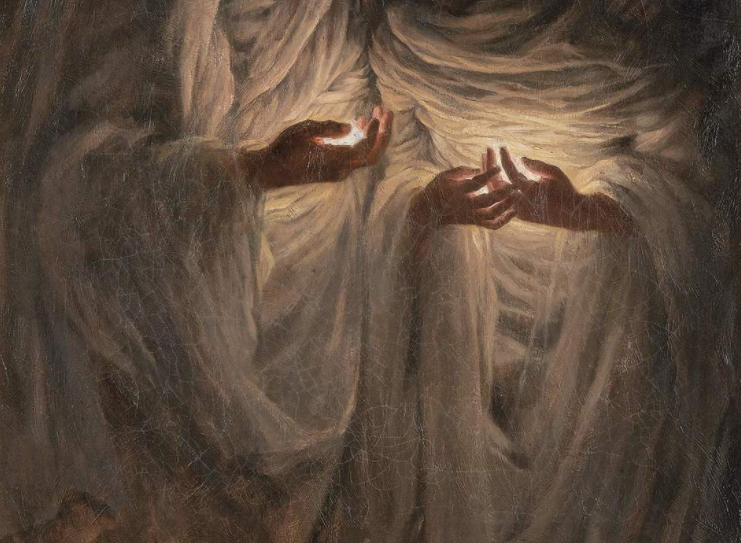2128
2129
2130
2131
2132
2137
2140
2141
2142
2143
2144
2145
2146
2147
2148

































